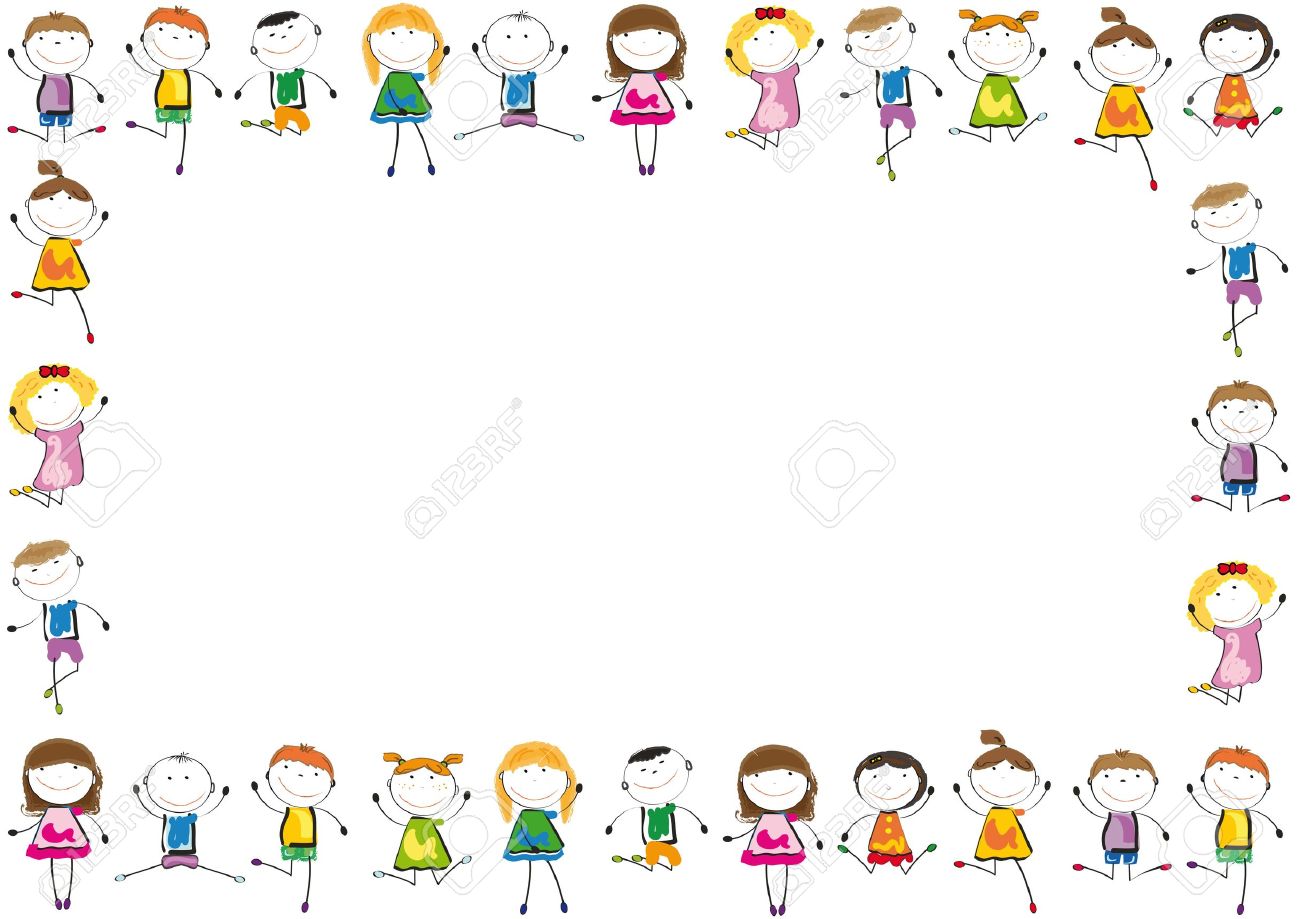

The religious historian Mircea Eliade stated that shamans use dance, repetitive music, fasting, and hallucinogenic drugs to induce ecstasy.

In particular, sacred dancers actively pursue ecstasy "in the experience of seizure and rapture". The primary effect of ecstatic dance is ecstasy itself.

In classical Greek literature it meant the removal of the mind or body "from its normal place of function." The philosopher Gediminas Karoblis relates early ecstatic dance to religious ritual, and notes that all well-executed dance borders on ecstasy.Įcstasy (from Ancient Greek ἔκστασις ékstasis, in turn from ἐκ ( ek, out) and ἵστημι ( hístēmi, I stand) is a subjective experience of total involvement of the subject, with an object of his or her awareness. Winkelman and the musicologist Rupert Till finding in these forms elements of ritual, spirituality, and healing. More recently, it has been compared to dancing in raves and in club culture, the anthropologist Michael J. In the 1920s, musicologists such as Paul Nettl and Fritz Böhme considered it primitive and unrefined. Modern ecstatic dance was revived by Gabrielle Roth in the 1970s and formalised in her 5Rhythms practice it is now found in variants across the western world.Īttitudes to ecstatic dance have varied widely. Ecstatic sacred dances are known also from religious traditions around the world. In the ancient and widespread practice of shamanism, ecstatic dance and rhythmic drumming are used to alter consciousness in spiritual practices. The dance serves as a form of meditation, helping people to cope with stress and to attain serenity. Dancers are described as feeling connected to others, and to their own emotions. The effects of ecstatic dance begin with ecstasy itself, which may be experienced in differing degrees. 330-320 BCĮcstatic dance is a form of dance in which the dancers, sometimes without the need to follow specific steps, abandon themselves to the rhythm and move freely as the music takes them, leading to trance and a feeling of ecstasy. Detail from a Paestan red-figure skyphos, c. Dance leading to a trance and a feeling of ecstasy Ecstatically dancing maenad.


 0 kommentar(er)
0 kommentar(er)
